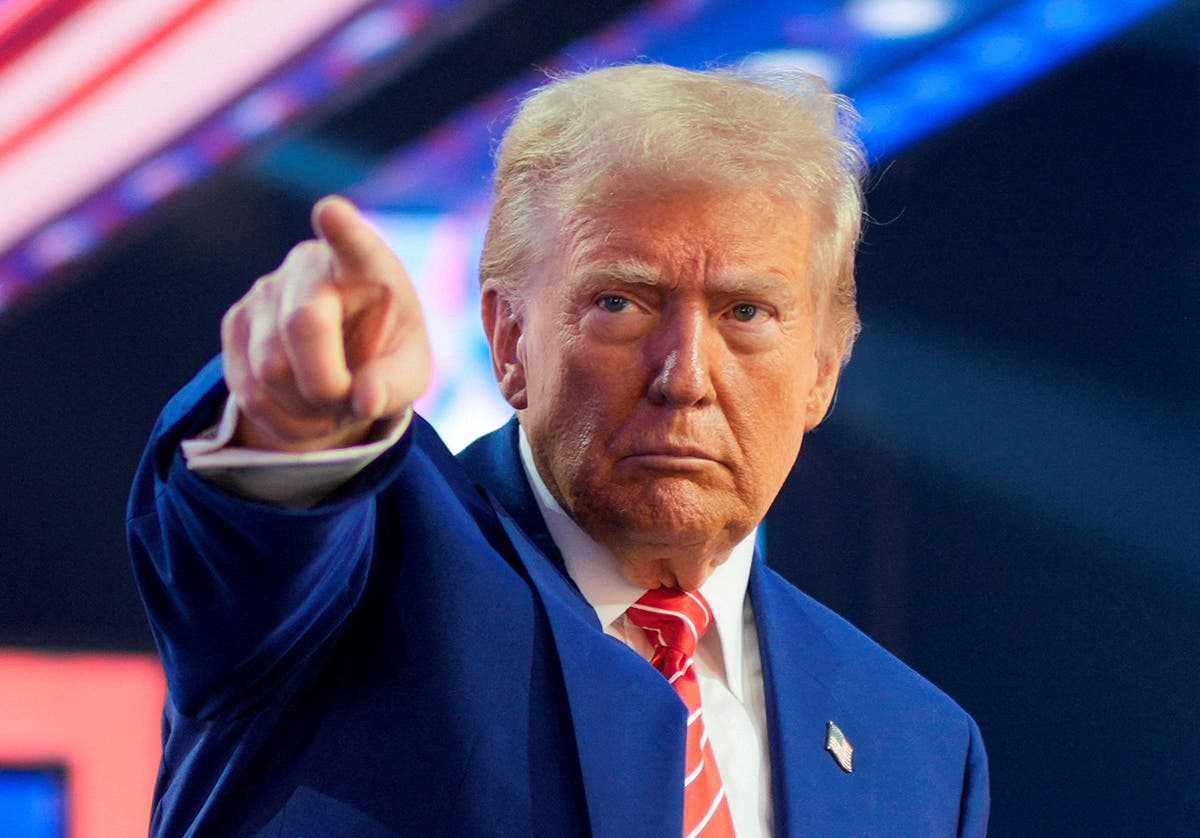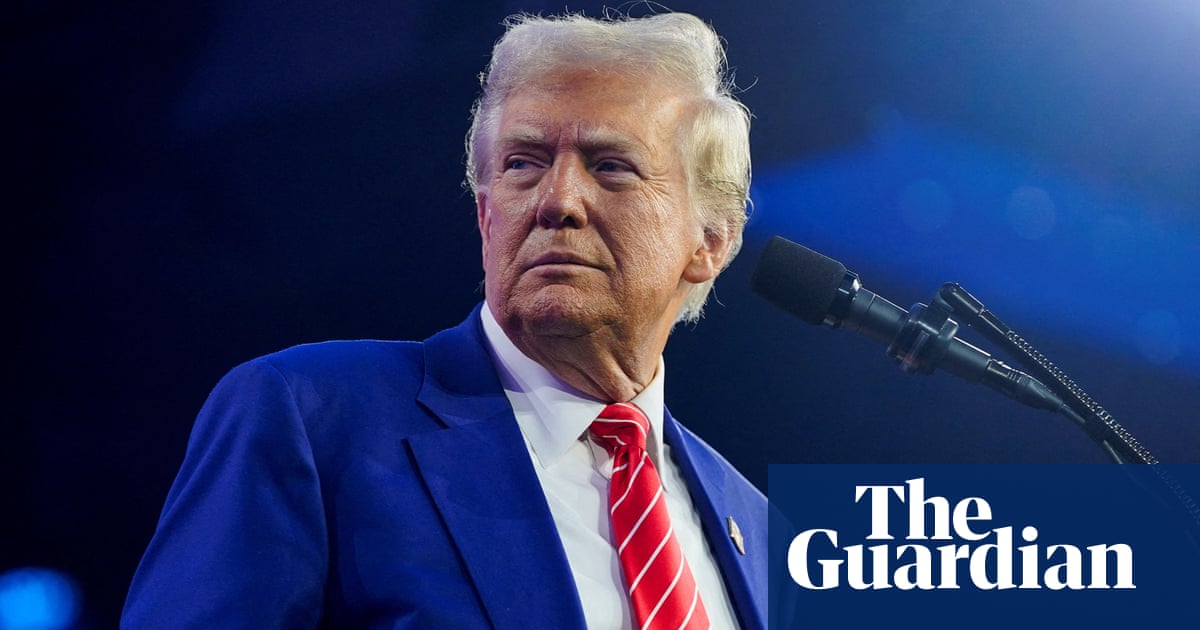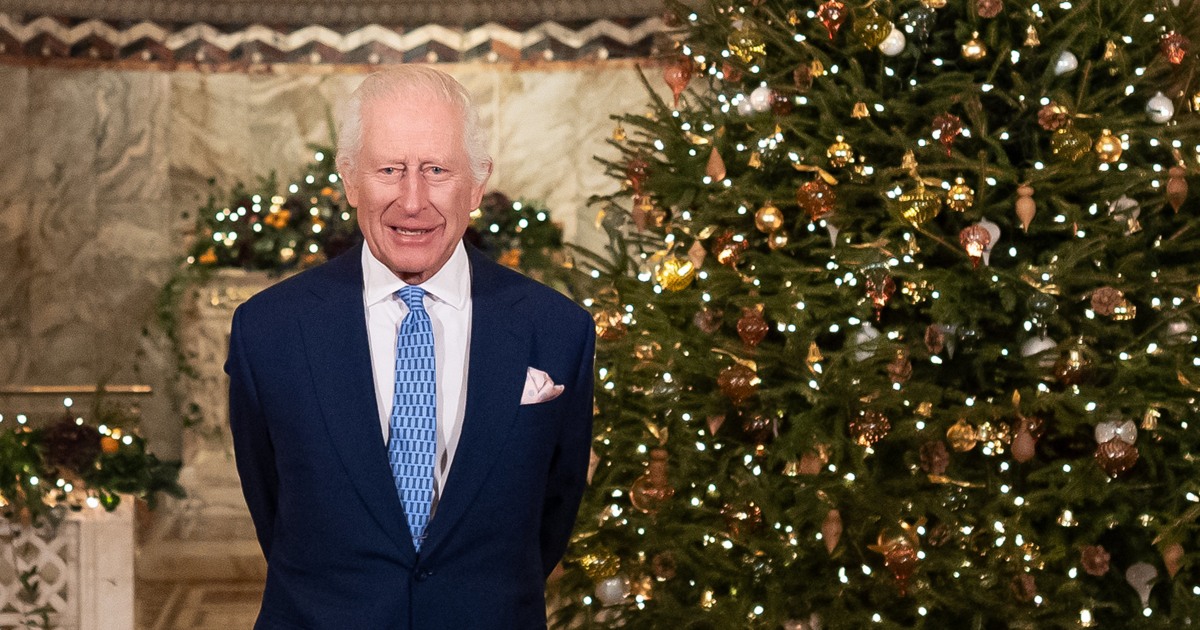World
What Putin plans next for Ukraine, nuclear threats explained
The use of different types of missiles this week shattered a taboo based on the idea that allowing Ukraine to use these weapons would prompt an escalatory spiral.
What does Biden’s policy change mean for the war in Ukraine?
President Biden lifted a ban on Ukraine using U.S.-provided long range missiles on Russia. What will that mean going forward for the war?
What will Russian President Vladimir Putin do next in Ukraine?
That’s what many people, Ukrainians most of all, want to know after nearly three years of war and a drumbeat of awful news, government warnings and debate on Russia’s actions and intentions when it comes to its neighbor.
On Thursday, Moscow used a medium-range ballistic missile against Kyiv that followed Ukraine’s use of U.S.- and British-supplied long-range ATACMS and Storm Shadow missiles to strike targets in Russia for the first time. This shattered a taboo based on the idea that allowing Ukraine to use these weapons would prompt an escalatory spiral.
Where do things go from here?
Foreign affairs specialists will tell you that nearly three years on, Putin’s goals in Ukraine remain largely the same: weakening or disrupting Ukraine’s ties to NATO, and hindering Ukrainian nationalism and territorial gains.
Some political figures in recent days have amplified perennial talk of a looming third world war involving Russia. The shorter answer from those who know Putin best − and there are, quite frankly, not many, not even in the CIA − is that the Putin playbook consists of qualities, tendencies and actions that veer toward inscrutability.
“We do not understand fundamentally, none of us do, what is inside President Putin’s head, and so we cannot make any guess about where this is headed,” former U.S. ambassador to NATO Julianne Smith told reporters just a few days before Russia invaded Ukraine in 2022 as officials the world over were trying to read Putin tea leaves.
On Friday, the BBC’s longtime Moscow-based Russia editor Steve Rosenberg, perhaps the Western journalist who has observed Putin up close and more deeply than any other, put it another way, in a blog post.
“I once described Vladimir Putin as a car with no reverse gear and no brakes, careering down the highway, accelerator pedal stuck to the floor,” he wrote. “From what I can see little has changed.”
So we don’t know what Putin will do. But do know what he’s done. Here’s a Ukraine-related recap.
Russia’s invasion of Ukraine: the toll
Russia’s full-scale invasion has had numerous impacts. Among them: millions of Ukrainians have fled to the European Union; the United Nations estimates that at least 12,000 civilians have been killed, more than double that severely injured; Ukraine’s infrastructure from energy to food security has been thrown into disarray, the latter helping to drive up global food prices; and defense spending on Ukraine − who’s doing it, who’s not and why not − has become a politically dividing line in elections and diplomatic corridors from Washington to Beijing.
Where does the war stand?
Neither Ukraine nor Russia has achieved a full-on military breakthrough. Russia still occupies almost 20% of Ukraine and an estimated 3.5 million Ukrainians live under Russian occupation. Russian troops continue to push westward into eastern Ukraine, hoping to fully capture Donetsk and Luhansk, which make up the Donbas, a region first seized by Russia in 2014. Russian forces recently launched fresh attacks on Kharkiv, a city in the country’s northeast, but Ukraine’s military has so managed to fend them off, according to the Institute for the Study of War.
North Korean troops join Russia’s fight
Years of Putin tightening Russia’s relationship with North Korea appear to have paid off after Kim Jong Un deployed thousands of troops to Russia. According to the latest estimate from the Pentagon, nearly 11,000 North Korean troops are now in Kursk, where Ukrainian troops pushed across the border into Russian territory in August. Russia has sought to use North Korean troops rather than risk another mobilization in Russia, where the war is highly unpopular. Moscow has also become reliant on North Korean artillery shells. The Wall Street Journal reported that a high-ranking North Korean general was wounded in a recent Ukrainian strike in Russia’s Kursk region.
Biden gives Ukraine permission for long-range strikes
For most of his term, President Joe Biden has provided Ukraine with weapons and billions in military and humanitarian assistance. He’s placed strict conditions on the weapons. In a move long advocated by Ukraine and its allies in the U.S., Biden earlier this week removed restrictions on Ukraine using U.S.-provided ATACMS missiles to strike targets up to 190 miles inside Russia’s border. The Biden administration resisted the policy change, fearing it would trigger Putin to escalate. And he did − Putin upgraded Russia’s nuclear doctrine after Ukraine fired its first ATACMS − but he hasn’t followed through yet on the many nuclear threats he has issued throughout the war.
About those nuclear threats!? How real are they?
Putin over the years has used a policy of strategic ambiguity encompassing propaganda and disinformation to cajole, threaten and pressure the West to do what he wants. Moscow has been rattling the nuclear saber for years. Is it different this time? It may come down to just how cornered Putin feels. “Would Russia use nuclear weapons if its nuclear forces came under concerted Western attack? Almost certainly,” Steven Pifer of the Brookings Institution think tank wrote in a commentary earlier this month. “Would Russia use nuclear weapons if Ukraine used U.S. ATACMS and British Storm Shadow missiles to strike military targets in Russia that were supporting Russian operations inside Ukraine? Moscow wants the West to think so.” Dmitri Peskov, the Kremlin’s spokesman, said Friday: “The Russian side has clearly demonstrated its capabilities. The contours of further retaliatory actions, if our concerns are not taken into account, have also been quite clearly outlined.”
Biden’s out. Trump’s in. What’s going to change for Ukraine?
President-elect Donald Trump has repeatedly said he can end the war in Ukraine “in a day.” He has not elaborated on how he could make that happen. And neither Ukraine nor Russia has committed to sitting down for peace talks. But speculation has nevertheless focused on whether Trump may seek to leverage Putin’s oft-stated admiration for him to engineer some kind of peace deal by hook or crook. Trump and his allies, some of whom will be part of his Cabinet, have made it clear they are opposed to providing Ukraine with military aid that mirrors what Biden has done. If the weapons run out, Ukrainian President Volodymyr Zelenskyy may find his hand forced.
What do Ukrainians want to happen?
They have grown wary and fatigued of war. That’s for sure. At the outset of Russia’s invasion, poll after poll showed that the overwhelming majority of Ukrainians wanted to keep fighting back until Ukraine emerged victorious, something broadly defined as recapturing Crimea, the Donbas and any other part of Ukraine seized by Russia since 2014. But as the war drags on, and more of their family, friends and colleagues have died or been injured in the military or Russia’s repeated missile attacks on civilian infrastructure, public opinion has completely turned around.
Some 52% of Ukrainians now want to negotiate an end to the war as soon as possible, even if that means territorial concessions to Russia, according to a new Gallup survey. This is a decisive shift from February 2022, when just 22% of Ukrainians felt the same way. “In every conversation I’m having now at a personal or professional level, people are saying, ‘What’s going to happen over the next few months for us?’ ‘What is Trump going to mean?’ But there’s still an unspoken rule that you don’t say out loud that Ukraine may have to give up some of its territories,” said Iryna Dobrohorska, a London-based Ukrainian who works in international development.
(This story has been updated to correct a spelling error.)










